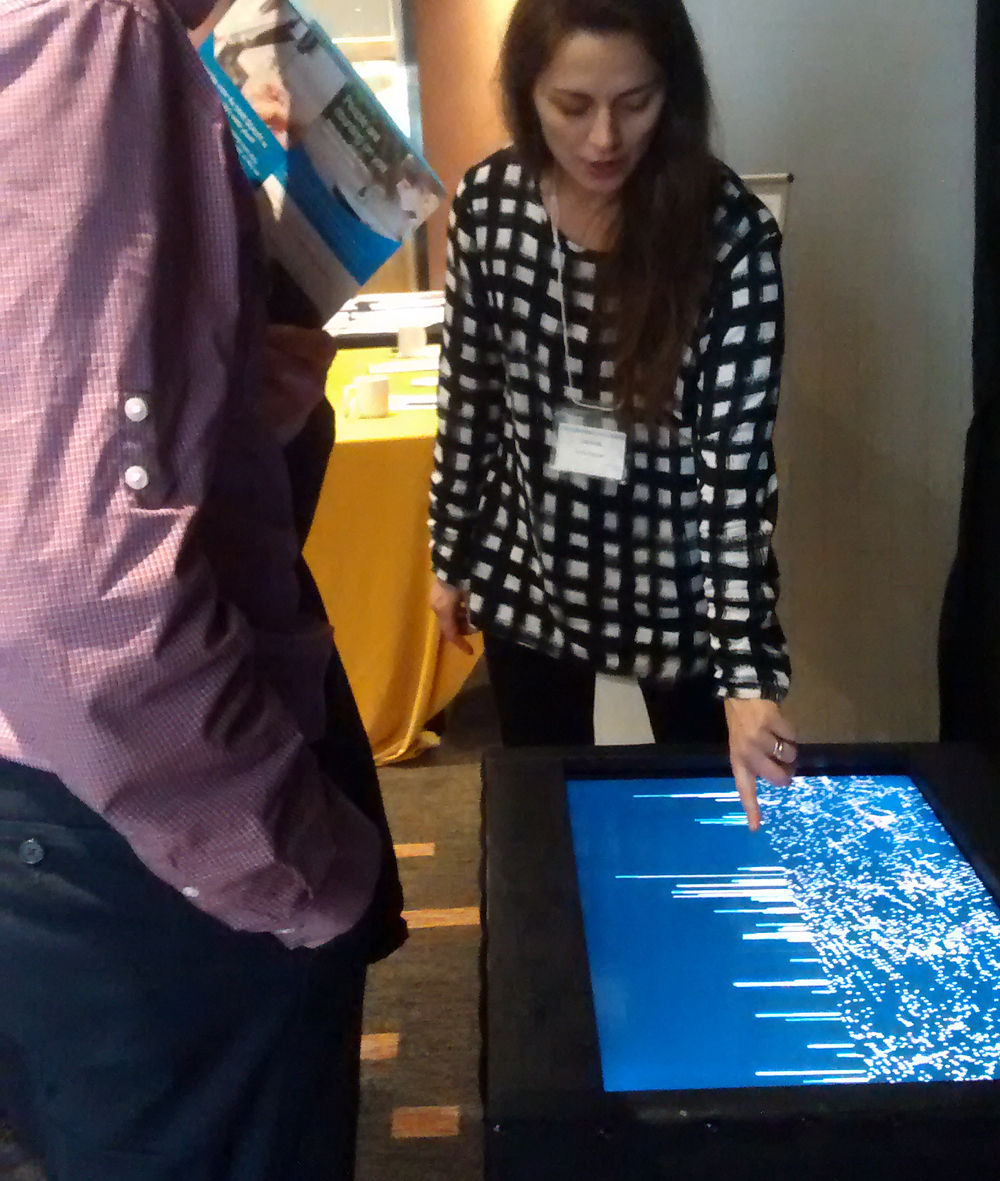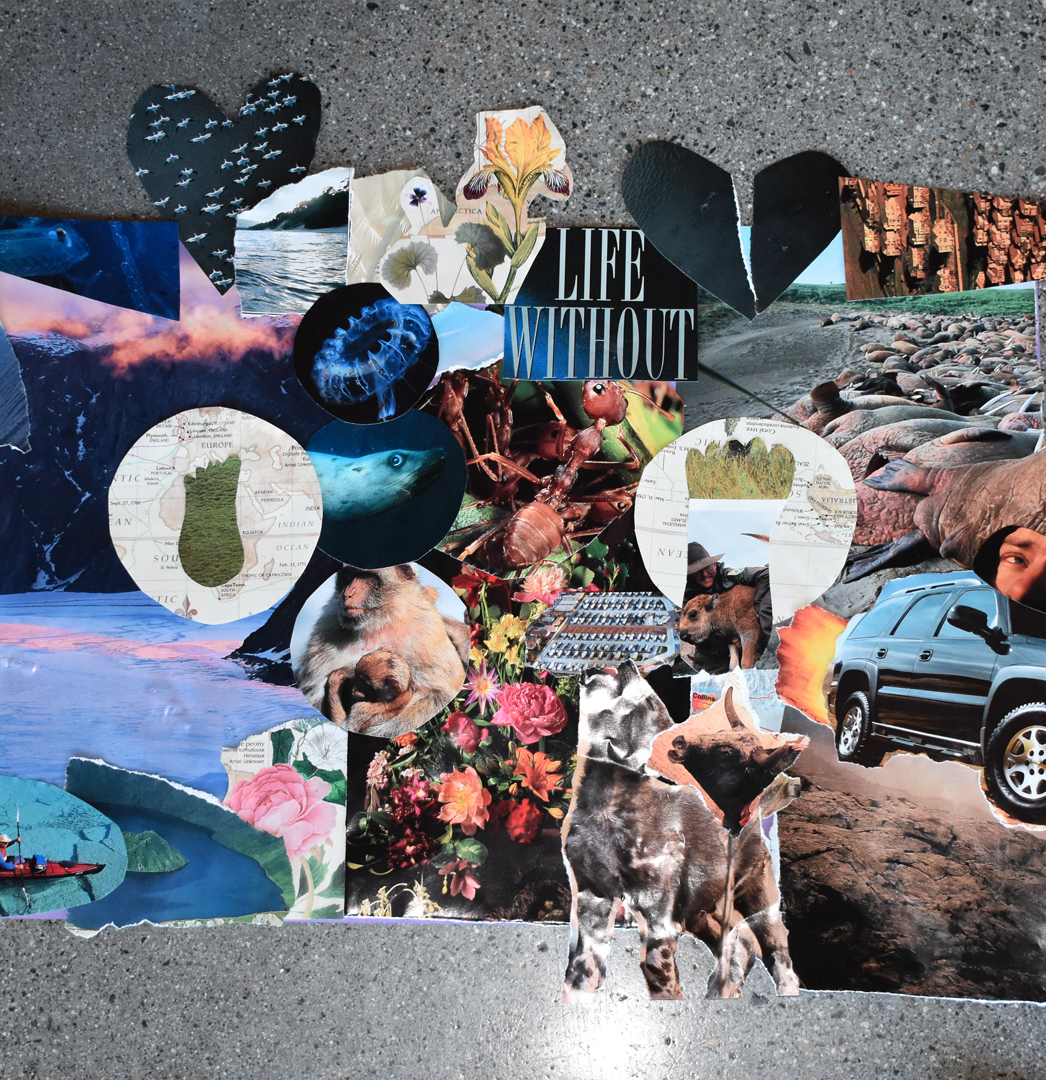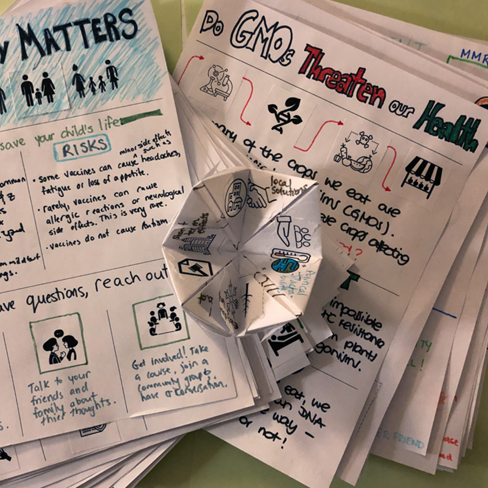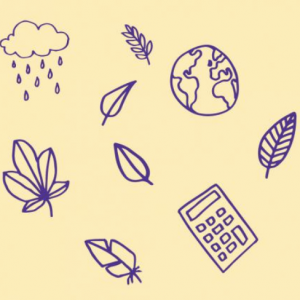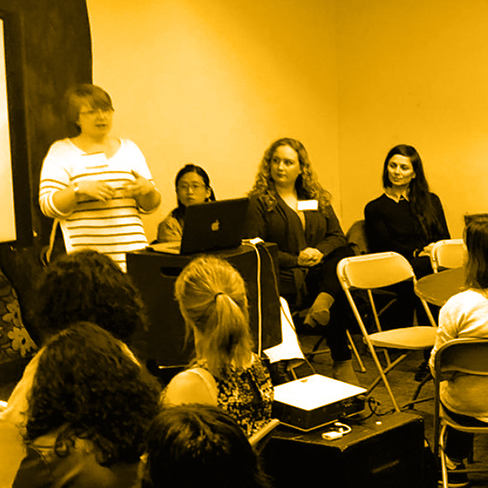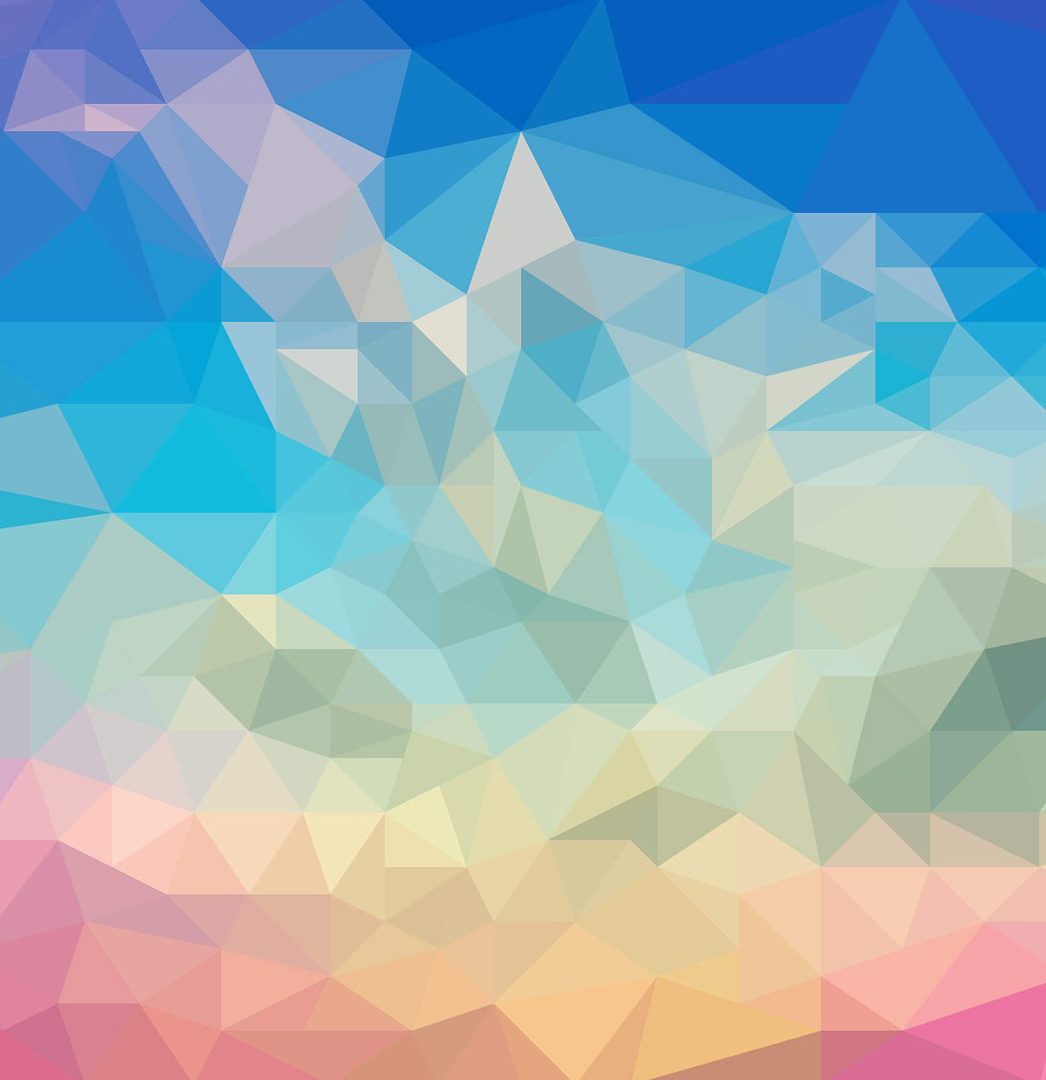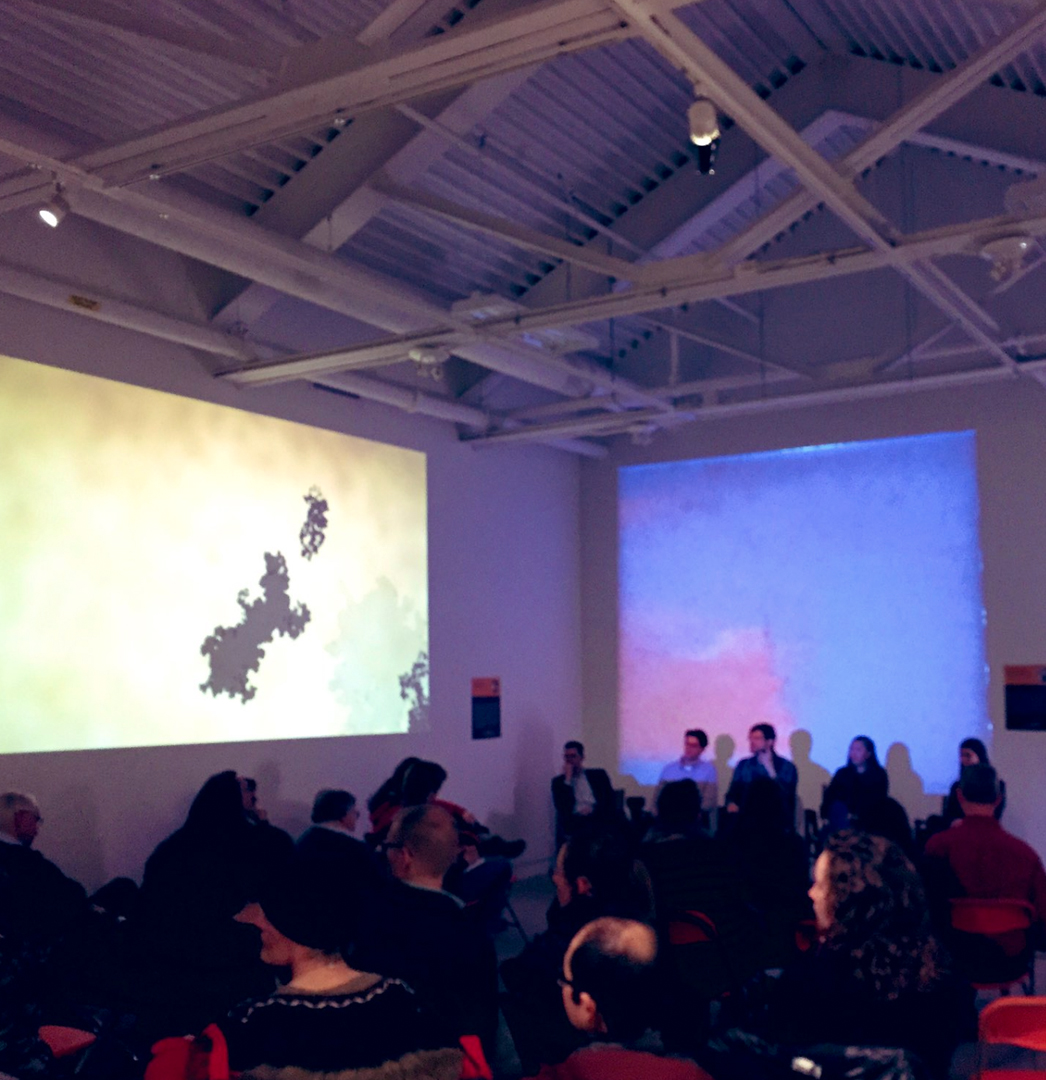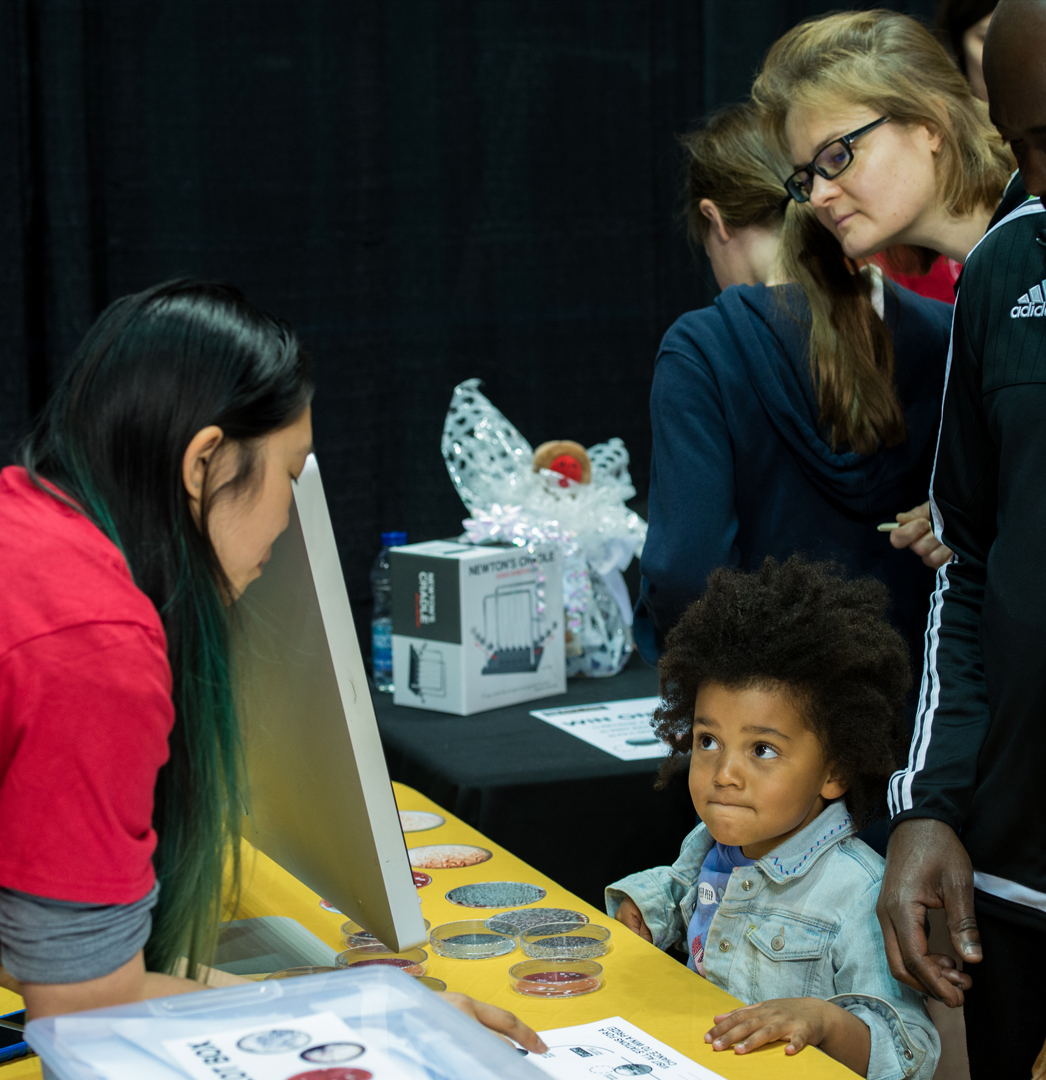
Girls and STEAM Symposium
Back by popular demand, the 2019 Girls and STEAM Symposium!
Calling all girls ages 11–13! If you love all things science, technology, engineering, art and design, and math (STEAM), then the Girls and STEAM event at TELUS World of Science is for you.
Join us on Saturday, November 2, 2019, for a day of unique workshops, amazing keynote speakers and opportunities to connect with inspiring mentors from the STEAM community.
This event is free, but spaces are limited and registration is required. Registration opens October 7, 2019 at 7pm.

The A in STEAM: Exploring Creativity in Science Communication Panel Discussion
May 24th, 2019 | 1:15pm
2 Forks Market Rd | Winnpeg, ON
A panel discussion with Julia Krolik, Nikki Berreth, Michelle Trudel & Nicole Dorville about creativity in science communication through performance, interactive workshops and art exhibitions.

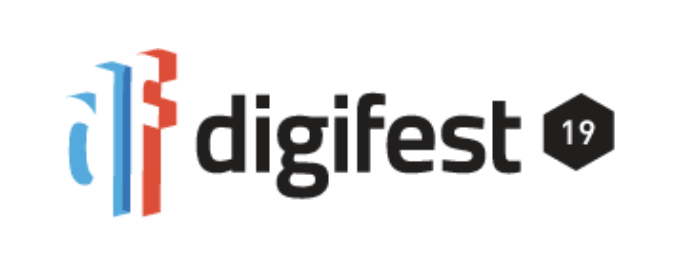
The JPEG is DEAD!: Digifest 2019 Panel Discussion
April 26th, 2019 | 2:45pm
25 Dockside Dr | Toronto, ON
With the arrival of interactive web-based technology this panel questions why art exhibitions are still reduced to a collection of static JPEG files. Presented by Art the Science/Pixels & Plans founder Julia Krolik and creative developer Owen Fernley, this session takes a deep dive into the future of online art exhibitions. Participants will be shown digital artworks that push boundaries of traditional exhibition formats. Discussion around implementation and creation of interactive and engaging digital art exhibitions will also take place and include latest tools and platforms.

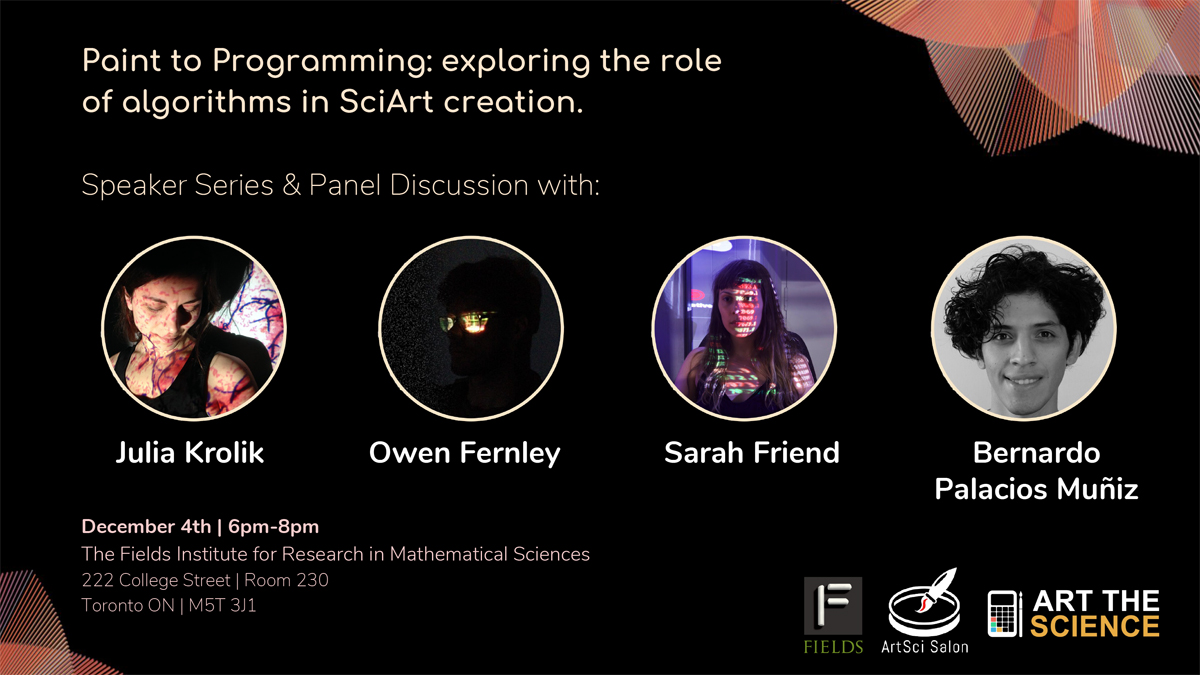
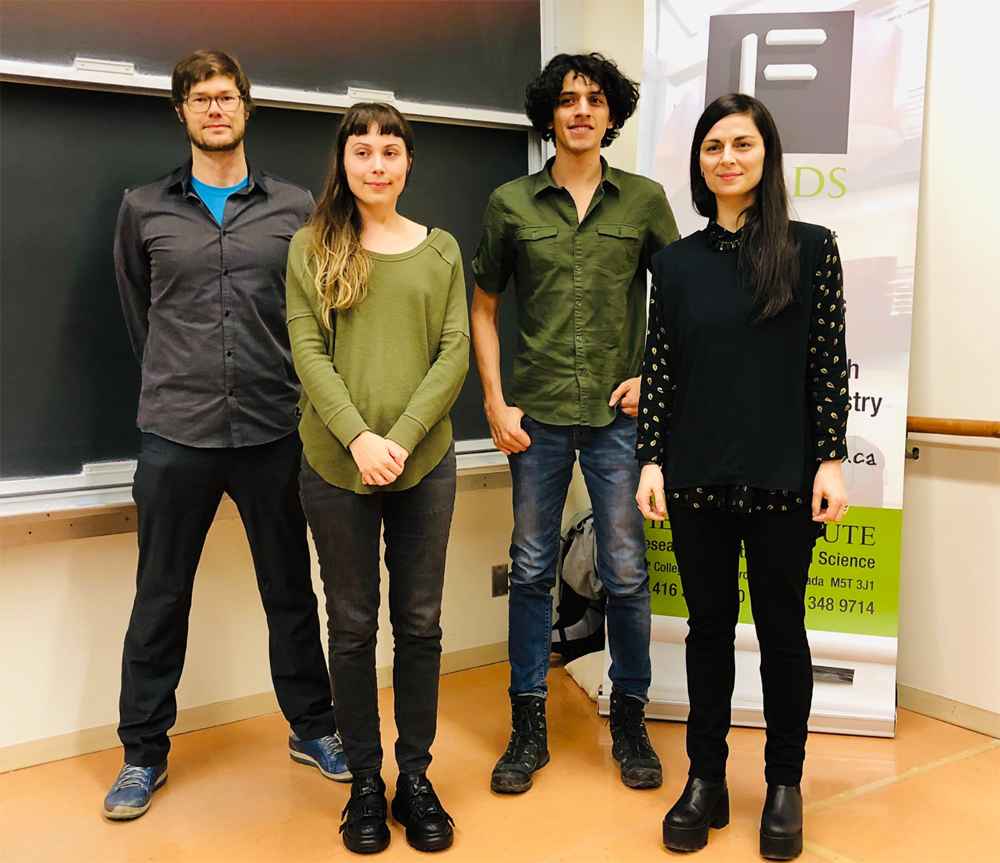
Paint to Programming: exploring the role of algorithms in SciArt creation.
December 4th | 6pm-8pm
The Fields Institute for Research in Mathematical Sciences
222 College Street | Room 230
Toronto ON | M5T 3J1
Speaker Series & Panel Discussion with:
Julia Krolik: Exploring algorithms in SciArt
Owen Fernley: Creative coding
Sarah Friend: Software as a medium
Bernardo Palacios Muñiz: Modern painting: A fluid mechanics perspective


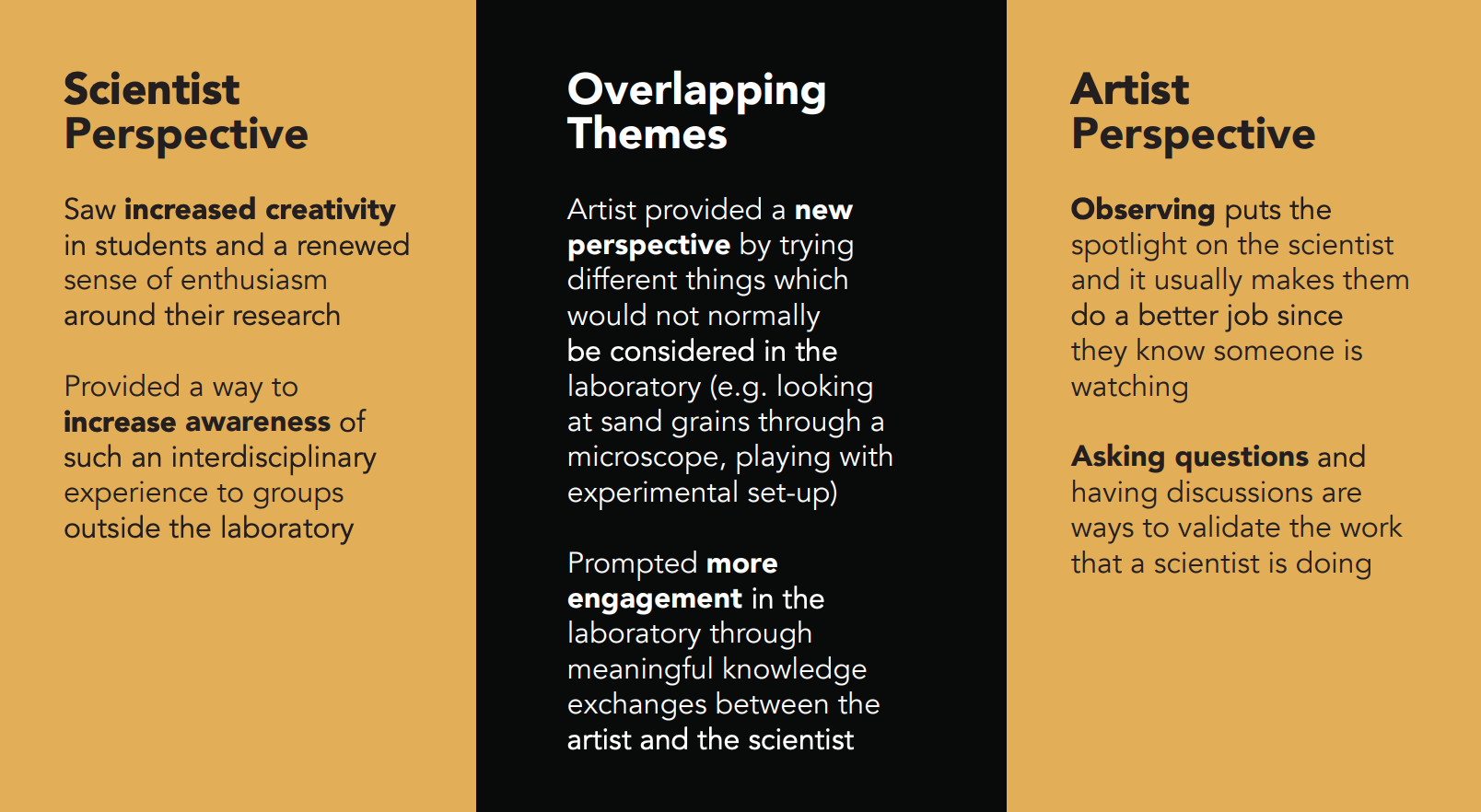
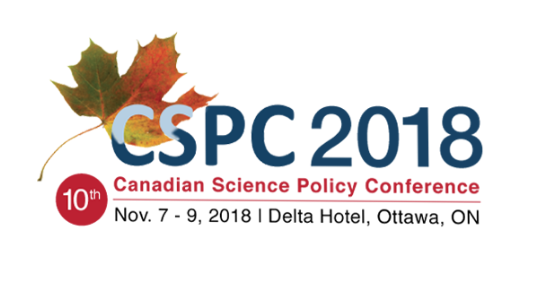
Innovating Science Communication Panel Session
November 7th | 3pm
Canadian Science Policy Conference
Ottawa, ON
Innovating Science Communication Panel Session Description
Effective and timely science communication is the very vessel that informs decision makers, thereby having a direct effect on the way science policies are generated. Indeed there have been challenges with science communication, as evidenced by the creation of Evidence for Democracy, a not-for-profit organization promoting the transparent use of evidence in government decision-making in Canada. Currently, the landscape of science communication is shifting with many diverse communication avenues becoming more readily available across all sectors including academia, governments and the public. Our panel on Innovating Science Communication consists of a diverse group of panelists that practice different forms of science communication in Canada.
The group will discuss five different science communication approaches and the milestones achieved. The panel moderator, Julia Krolik of Pixels and Plans, an agency practicing and teaching the art of good data, will present from-the-field case studies of how fusing data science and creative direction to tackle science communication problems helps organizations reach and engage their intended audiences. Dr. Chantal Barriault, Director of the Science Communication Program at Laurentian University will discuss how the curriculum has evolved and what a Science Communication degree means for educating and inspiring future generations of communicators and policy makers. Jonathan Provost, an Environmental Scientist at Indigenous and Northern Affairs Canada, will cover science communication initiatives in the public sector and the complications of speaking to the general public. Catherine Lau, Program Evaluation Officer at Art the Science, an nonprofit organization that facilitates artist residencies in science laboratories will present recent residency evaluation findings and discuss the value of including art as a science communication platform. Finally, Samantha Yammine, a PhD Candidate in Neuroscience and Stem Cell Biology at the University of Toronto will discuss her successful use of social media platforms to communicate science and engage diverse audiences as well as incorporate social media metrics on Canadian science policy discussions.
Read our Phase I program evaluation report



Art the Science: Innovations and Importance of Data Visualization Panel
May 17th, 2018 | 10:30am
MaRS Building | Toronto, ON
Nothing demonstrates the adage that a “picture is worth a thousand words” better than the practice and use of visualization in Advanced Research Computing. Perhaps a more accurate description and update to this phrase is a picture is worth thousands of data points in Advanced Research Computing. This panel of experts and researchers will explore the importance of data visualization in communicating and celebrating science. With depictions and illustrations of how visualization has been used to advance science, this panel will also discuss the artistry behind many of these visualizations and how a new platform of artistry and expression has emerged that is both aesthetically beautiful to view, while advancing scientific discovery.
Speakers:
Julia Krolik - Founder, Art the Science, Pixels & Plans
Owen Fernley - Software Developer, Pixels and Plans
Honey Dacanay - Lead - Digital Standard with Ontario Digital Service
Dr. Marcelo Ponce - Applications Analyst with SciNet
William Wolfe-Wylie - Senior Developer, CBC

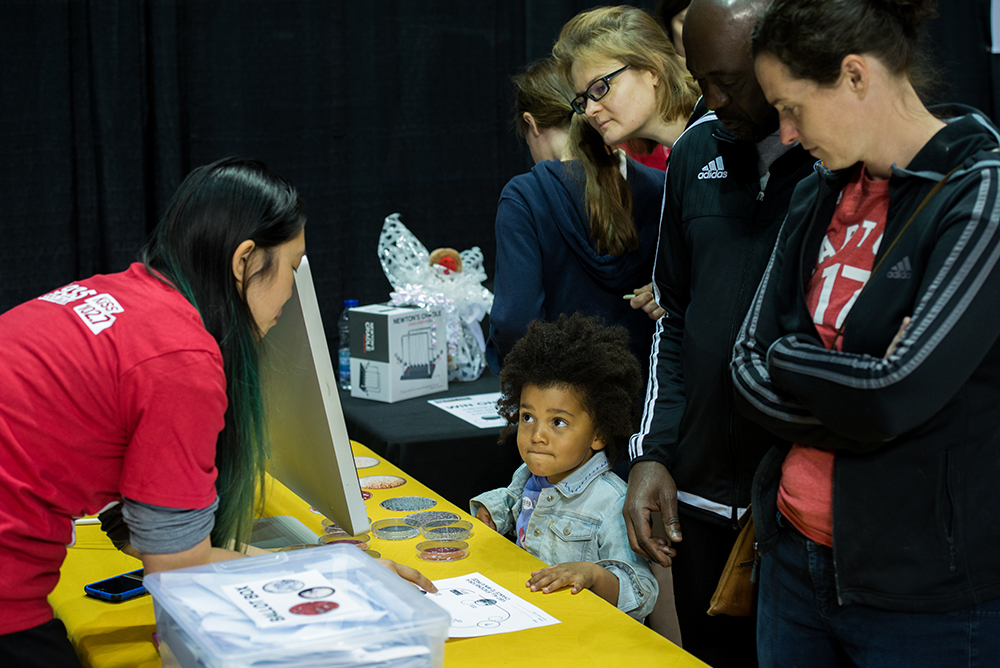
Microbiota: Science Rendezvous Passport Installation
May 12th, 2018 | 10am-3pm
Krock Centre
Kingston, ON
Imagine having someone reveal a world that was right under your nose the whole time. Well, in case you missed it, that’s exactly what we did on May 12th at Science Rendezvous Kingston. This event was just one out of over 300 events that took place all across Canada in celebration of all things science and engineering. Art the Science was thrilled to be a part this public outreach event particularly because this year’s theme championed Science, Technology, Engineering, the Arts and Mathematics or STEAM. This was an opportunity for us to share science-inspired art with a large audience and so we did not want to miss it. We took on an ambitious challenge to engage thousands of community members in soil bacteria and after endless hours of preparation, our volunteers were finally ready to welcome everyone into the world of microbiota.
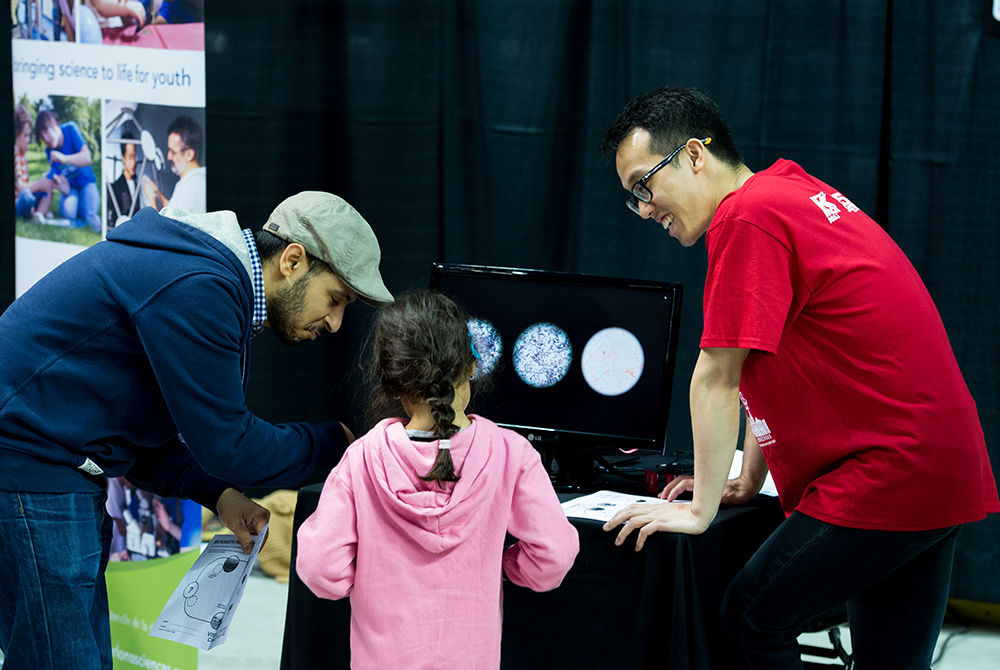
Our activities were inspired by Pixels and Plans’s Microbiota, where bacteria were collected and grown from different soil samples around Kingston. Visitors were introduced to two activities they could participate in: 1) They could take selfies with our fashionable microbiota masquerade masks featuring different stained soil bacteria, or 2) they could embark on a bacteria scavenger hunt for a chance to win one of three science prizes.
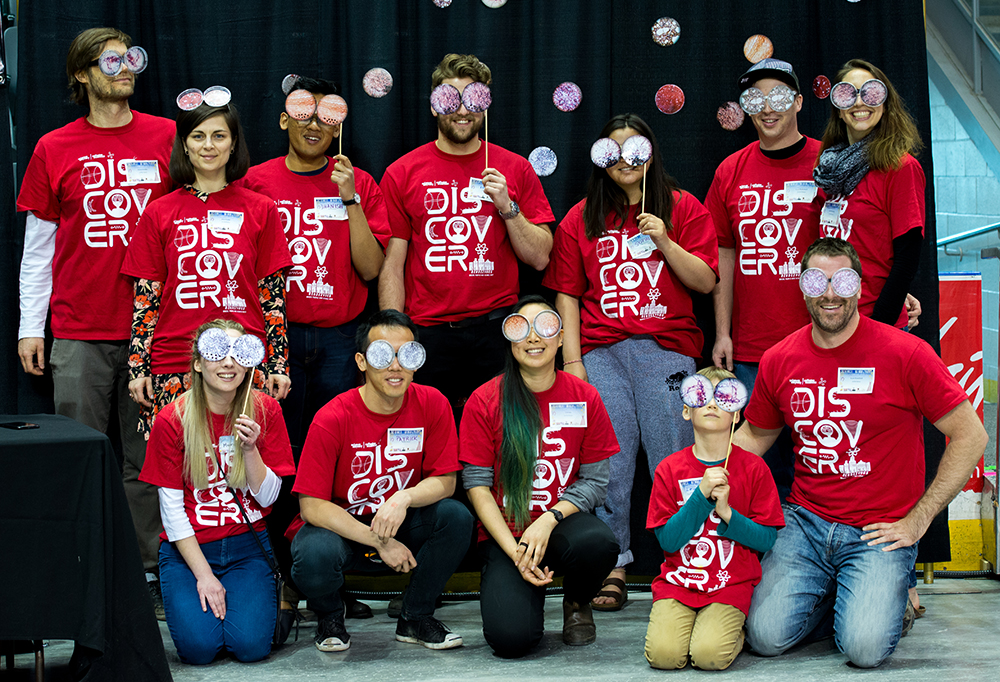
At our central booth, we received a constant flow of curious people wanting to take pictures with bacteria and participate in the scavenger hunt. We set up five other stations where participants could collect stamps on their microbiota passport while learning about bacteria. Each station represented a place in Kingston (except for our mystery station located in New Mexico) where the specific soil bacteria was collected and eventually cultured. These stations included: Wolfe Island, City Hall, Lemoine Point Conservation Area, White Sands Missile Range and Market Square. Photos of the bacteria were placed in petri dishes to show how they looked when they were growing, while the computer screens displayed what the bacteria looked like under the microscope. Once participants collected all the stamps at each location, they would be entered into our draw.
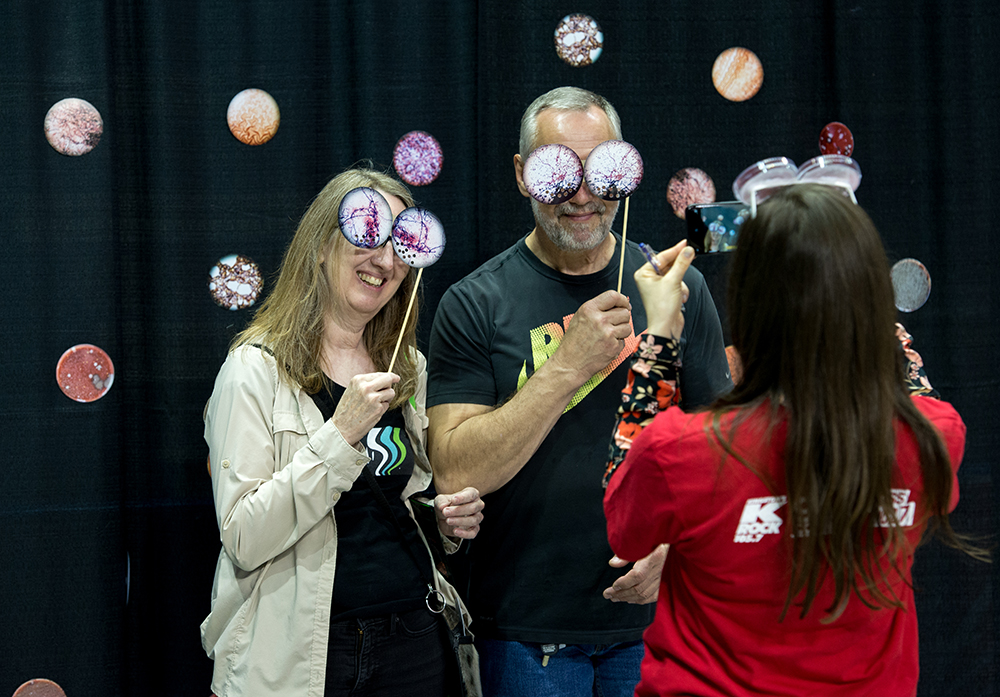
These activities provided a chance for people to get up close and personal with something they don’t typically see in their day to day lives. The sciart created conversation and questions about bacteria and why they are important. It also provided relevance because the soil bacteria were collected from different places in the Kingston community they see everyday. Bacteria are everywhere, but how interesting is it to see the bacteria from your own town!? I remember listening in on conversations where families would remember their trips to Wolfe Island and then made the connection to the bacteria we were showcasing.
At the end of the day, we collected over 450 completed scavenger hunt passports! This meant that despite all the other science activities that were happening, people actually went to all of our stations to collect stamps! All in all, it was a spectacular event with a great turnout and we were so happy to be a part of all the science fun!
Written by: Cat Lau


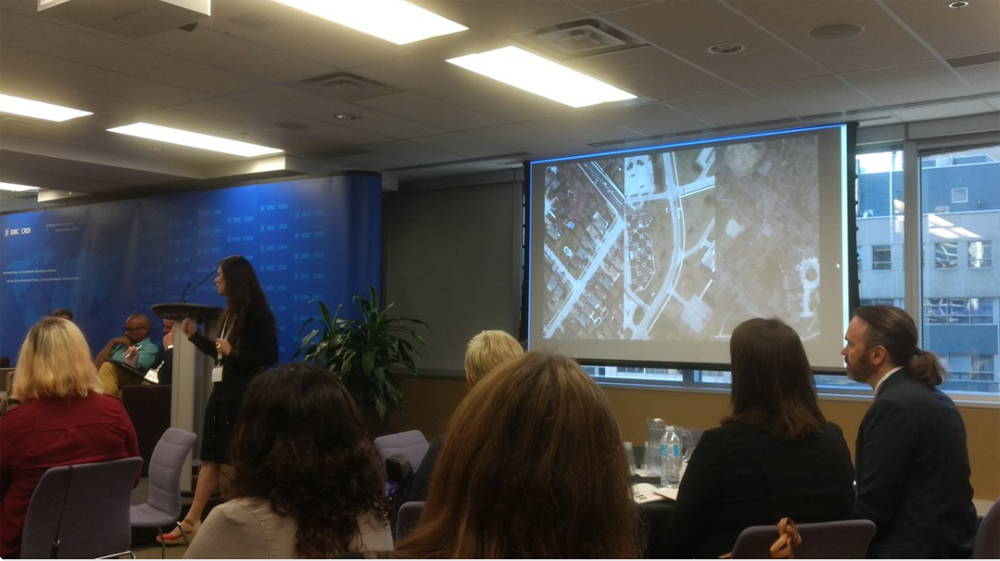
46th Science Writers and Communicators Conference
September 13-16, 2017
IDRC |
Ottawa, ON
Imagine having someone reveal a world that was right under your nose the whole time. Well, in case you missed it, that’s exactly what we did on May 12th at Science Rendezvous Kingston. This event was just one out of over 300 events that took place all across Canada in celebration of all things science and engineering. Art the Science was thrilled to be a part this public outreach event particularly because this year’s theme championed Science, Technology, Engineering, the Arts and Mathematics or STEAM. This was an opportunity for us to share science-inspired art with a large audience and so we did not want to miss it. We took on an ambitious challenge to engage thousands of community members in soil bacteria and after endless hours of preparation, our volunteers were finally ready to welcome everyone into the world of microbiota.
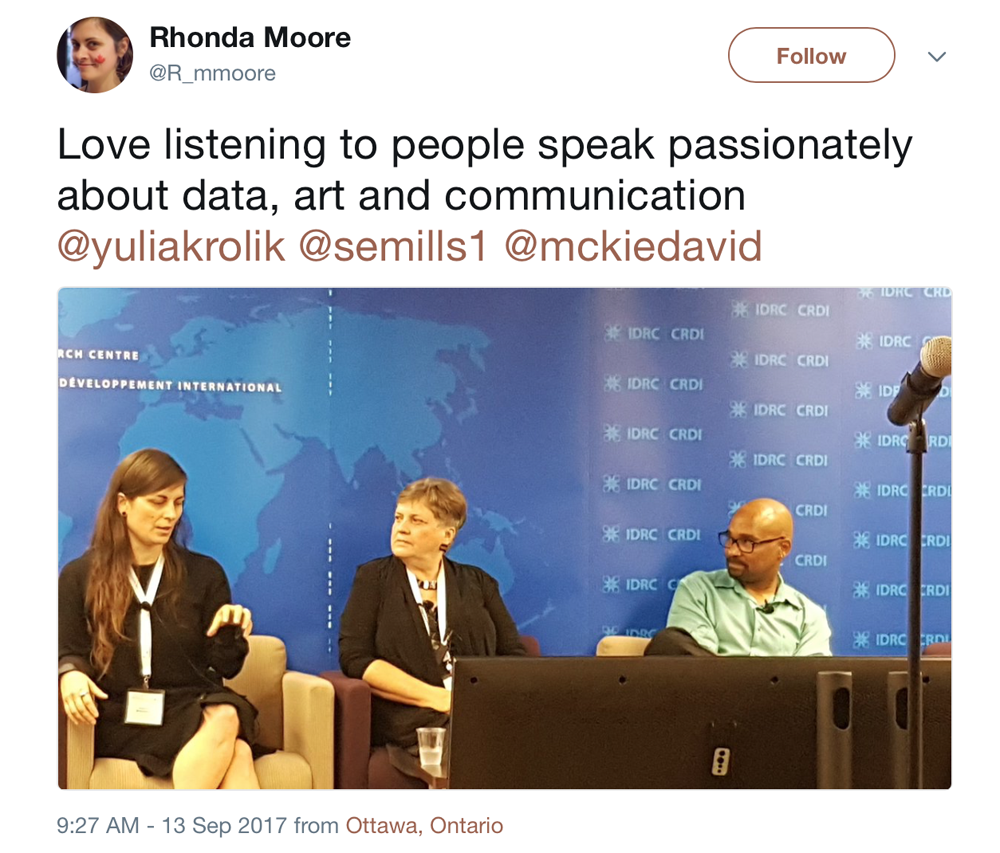
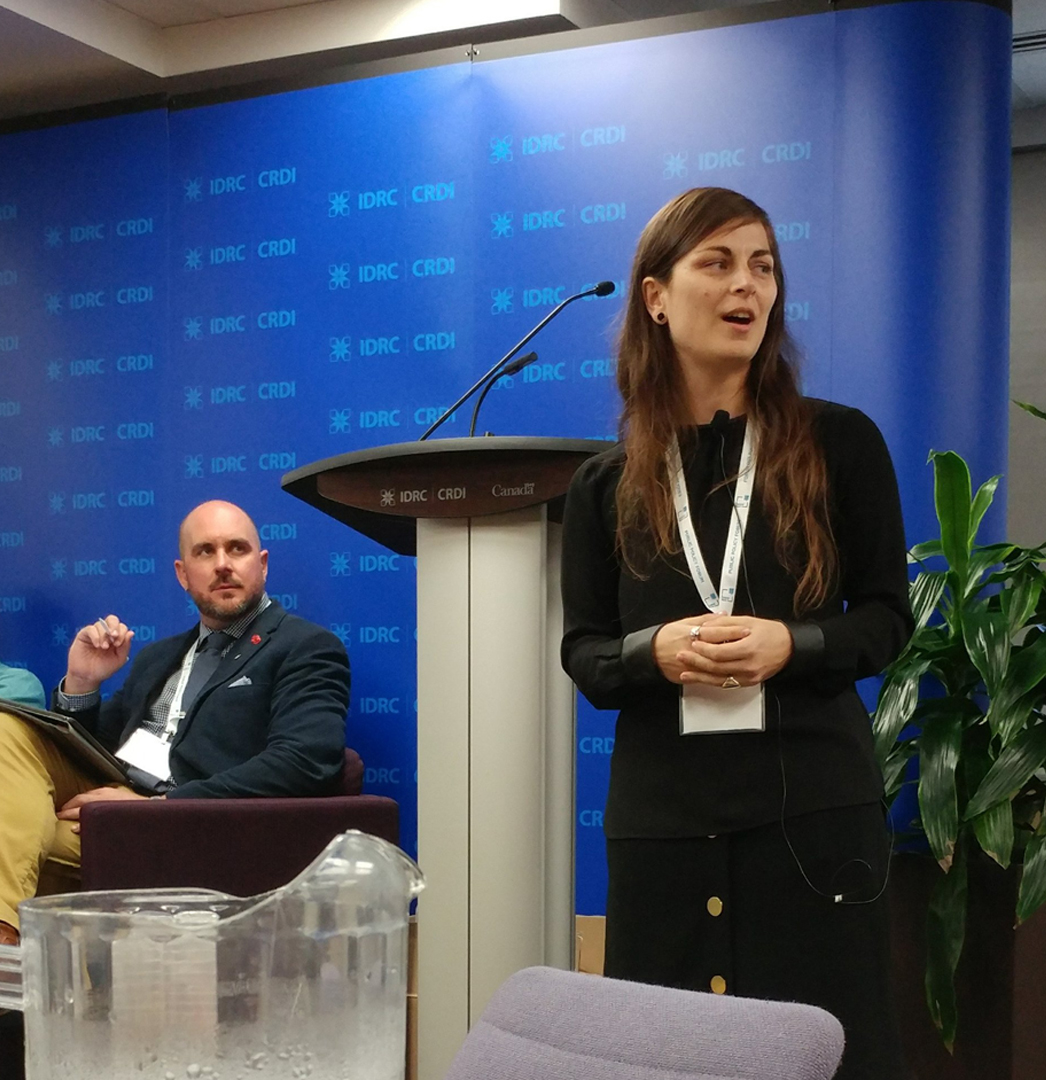
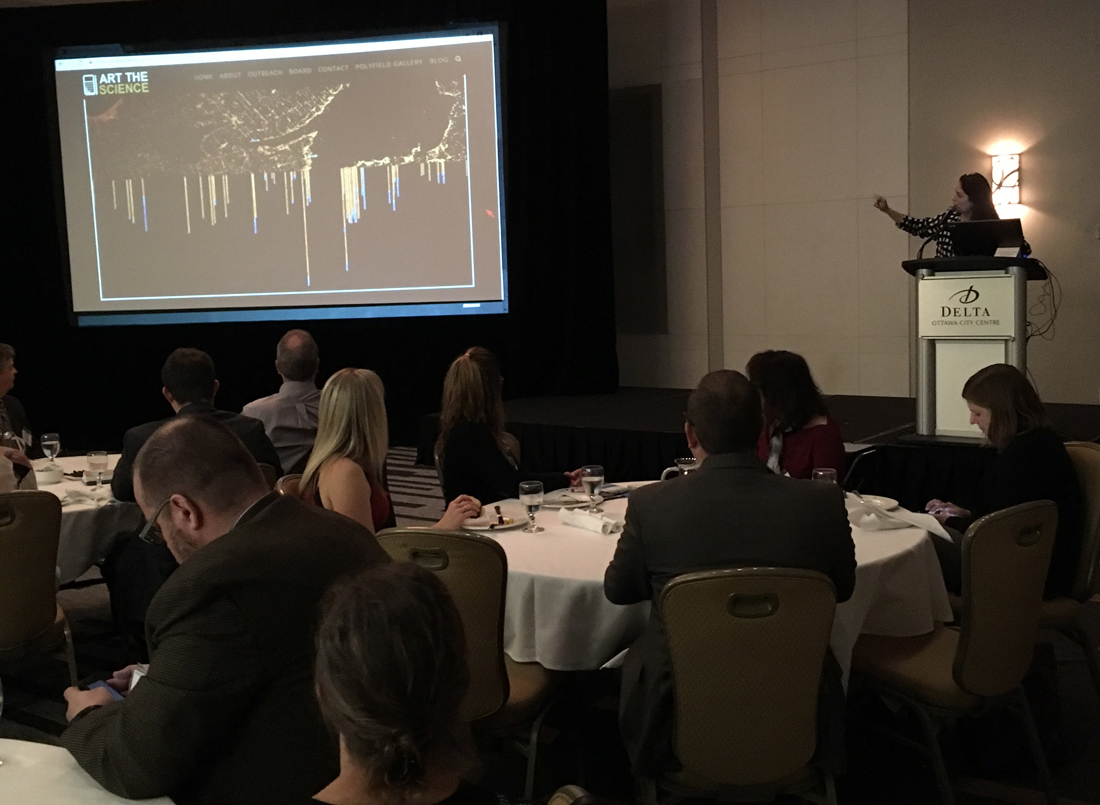
Art the Science exhibits science-art work Depth to Water by Pixels and Plans
17th
Canadian National
Conference on
Drinking Water
October 16-18th, 2016
Delta Hotel | Ottawa, ON
In partnership with Health Canada, Art the Science exhibited a water themed science-artwork titled Depth to Water by Pixels and Plans at the conference. Inclusion of science-based art inspired delegates to consider creative approaches to sharing their research.
Depth to Water is a code-based work that uses 367,089 private-well water data points to map the geography of Ontario, Canada. It also displays the depth at which water was found for each well at a 100-meter scale revealing a slice-view of the aquifer.
For more information and to view the dynamic version of the work via Pixels and Plans website.
